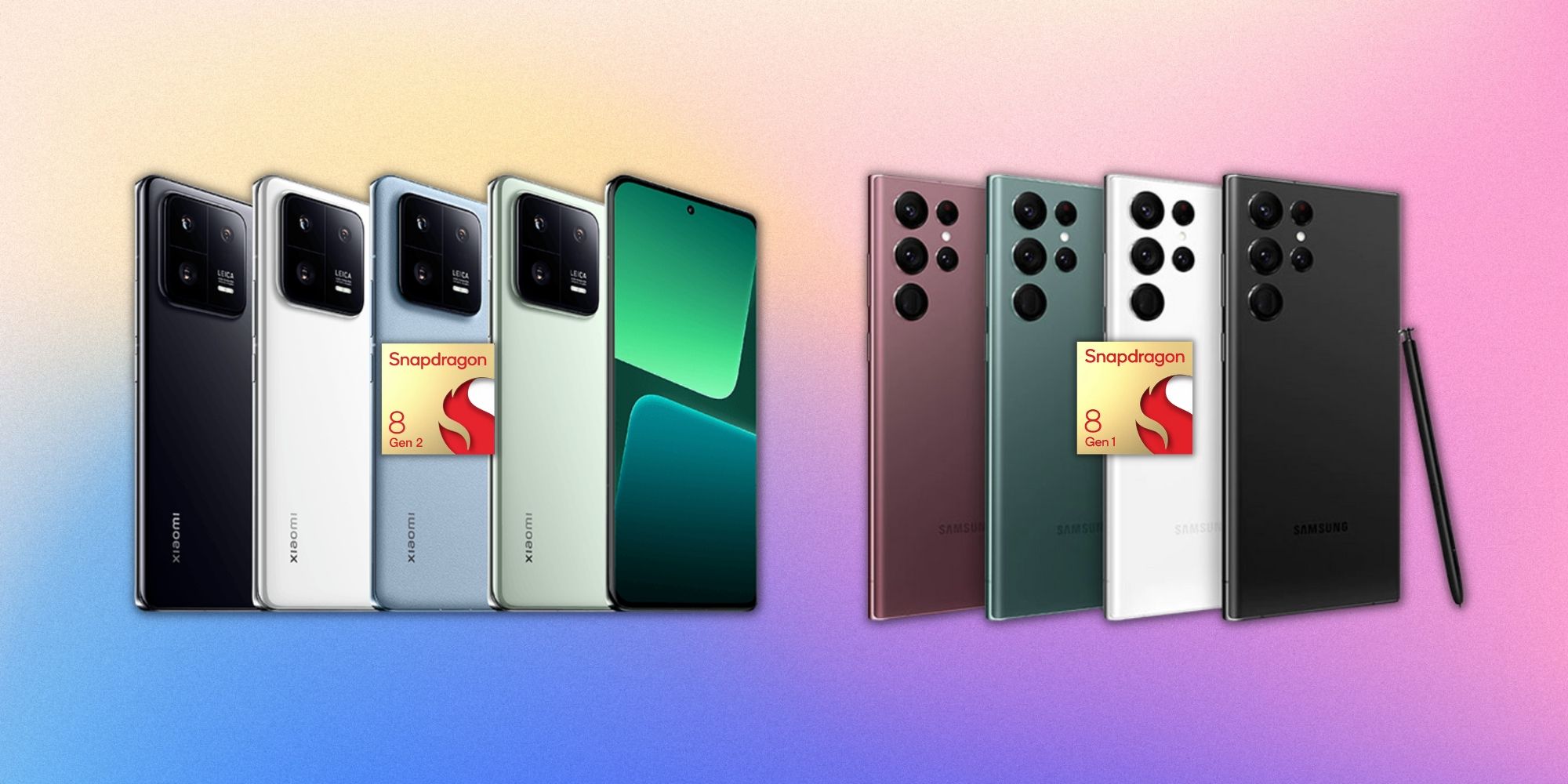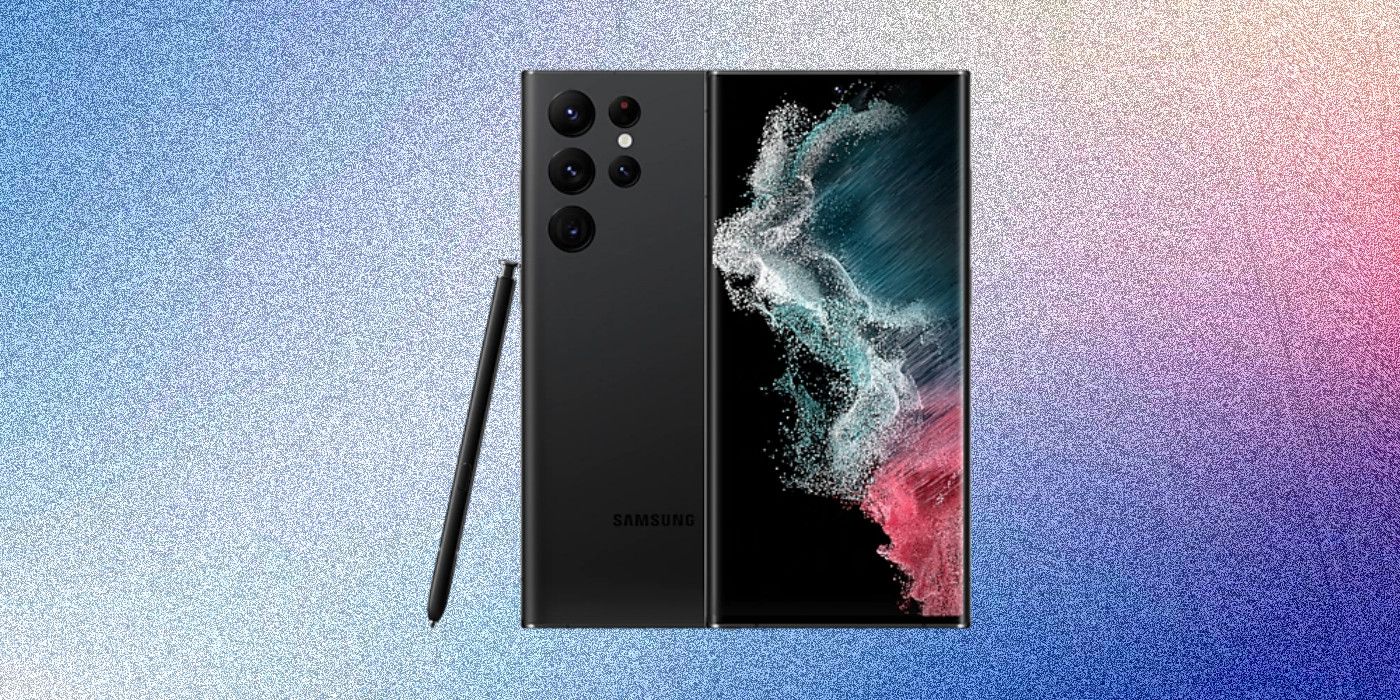The Xiaomi 13 Pro is one of the first smartphones to arrive with Qualcomm’s latest chipset, but how does it compare with one of the top models from rivals Samsung in the Galaxy S22 Ultra? The Xiaomi 13 Pro was launched with the Xiaomi 13, which has a smaller screen and battery and a less impressive camera setup. The latest models from Xiaomi are only available in China, but they will get a global release soon. Here’s a look at how the Xiaomi 13 Pro fares against the Samsung Galaxy S22 Ultra.
Both flagships feature a near bezel-less front panel with a punch-hole display at the center and have a curved screen that blends into the aluminum frame. Both feature Corning Gorilla Glass Victus and an IP68 rating for water and dust resistance. Turning to the back is where there’s a noticeable difference, with the Xiaomi 13 Pro’s square-shaped camera island and the Galaxy S22 Ultra’s vertical camera cutouts adding a distinct look. The 6.73-inch LTPO OLED display on the Xiaomi 13 Pro supports up to 120Hz refresh rate and has a peak brightness of 1,900 nits, slightly more than the Galaxy S22 Ultra’s 120Hz 6.8-inch Dynamic AMOLED can achieve.
The Xiaomi 13 Pro comes with the fastest processor on an Android smartphone

The Xiaomi 13 Pro is powered by Qualcomm’s Snapdragon 8 Gen 2, the flagship processor of choice in 2023. A revised cluster structure and an improved graphics processing unit make the Snapdragon 8 Gen 2 about 15 to 20 percent more powerful than the Snapdragon 8 Gen 1 on the Galaxy S22 Ultra. Nevertheless, both phones can easily handle any task, including heavy video games and 8K video recording. A 4,820 mAh battery and a more efficient chipset should allow the 13 Pro’s battery life to impress as much as the Samsung device’s 5,000 mAh unit. Xiaomi has the leg up on charging speeds, with the 13 Pro supporting 120W wired fast charging and 50W wireless charging, compared to the Galaxy S22 Ultra’s 45W wired and 15W wireless charging.
The Galaxy S22 Ultra tips the scales back in its favor in the camera department. The Xiaomi 13 Pro has a triple camera configuration designed in partnership with Leica. It has a 50.3MP (f/1.9) primary sensor, a 50MP (f/2.0) telephoto sensor with up to 3.2x optical zoom, and a 50MP (f/2.2) ultra-wide sensor. However, some users might prefer the quad-camera setup on the Galaxy S22 Ultra because it provides more control over images. The S22 Ultra’s 108MP (f/1.9) primary camera should click sharper images, and there’s a 12MP (f/2.2) ultra-wide sensor.
The Ultra also has two dedicated lenses for zooming in on subjects without losing the picture quality – a 10MP (f/4.9) periscope telephoto lens for up to 10x optical zoom and a 10MP (f/2.4) telephoto shooter for up to 3x optical zoom. Both phones can record high-resolution videos in 8K/4K and HDR10+ format. The Xiaomi 13 Pro has a 32MP front camera, while the Galaxy S22 Ultra has a 40MP front-facing camera.
Galaxy S22 Ultra comes with an S-Pen

While the connectivity and biometric options on the smartphones are similar, the S Pen makes the Galaxy S22 Ultra stand out from the Xiaomi 13 Pro and its flagship competition. The stylus adds a lot of functionality to the device and is one of the biggest selling points of the high-end Samsung smartphone. On the software side, the Xiaomi 13 Pro runs on MIUI 14, based on Android 13, while the Galaxy S22 Ultra recently got the One UI 5.0 upgrade, also based on Android 13.
The Xiaomi 13 Pro’s price starts from ¥4,999 (~$720) for the 8GB RAM and 128GB storage model. However, the smartphone isn’t available in the U.S. yet, and it isn’t an option for those who want a new smartphone during the Holidays. On the other hand, users can find multiple deals and discounts on the $1,199 Galaxy S22 Ultra. Nevertheless, the Xiaomi 13 Pro offers a brighter display and the latest chipset at a comparatively lower price, making it a better choice in the markets where the phone will eventually launch in 2023.




